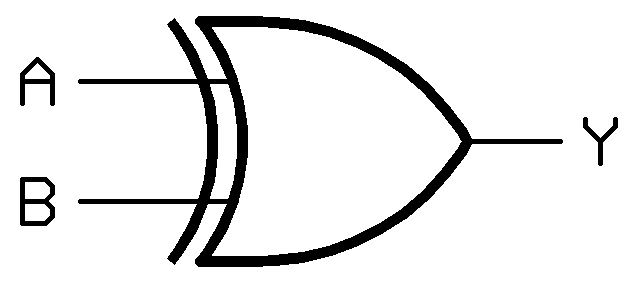Definition:
"Gauss's Law states that, Electric flux around a closed surface is depends upon charged enclosed in that surface and permittivity of free space."Explanation:
Gauss's law states tell us about electric flux through some closed surface or area,
Electric flux through some area depends upon the charge enclosed by that area and the permittivity of free space in that area.
consider there is a closed sphere and there is charge enclosed in it, the flux out of it or the electric field out of the whole area could be determined with the help of Gauss's law.
Consider we wan to find the electric flux through the green planer area, then it will be simple that electric field lines multiplied by area perpendicular to the lines.
But when there comes a closed surface then there is nothing best except Gauss's law to find electric flux through closed surface (enclosed charge.)
It is not necessary that the surface should be closed sphere it could be any type of closed surface. And we will use Gauss's law to determine the electric flux through it.
Formula:
Mathematically we can determine the electric flux through closed surface by formula,
Where Q is the amount of charge enclosed and Ɛ is the permittivity of free space and 𝛟 is electric flux through the surface.


















































